The Ultimate Guide to Wool Duvets
Naturally breathable and temperature regulating, wool is an underrated yet incredible material that lends itself perfectly to a wonderful duvet filling that is great for year-round use.
What’s so wonderful about wool?
Sheep were one of the very first animals to be domesticated, and humankind has been utilising wool since the Stone Age. Fast forward to modern times, and we are still using this remarkable material in a number of consumer goods all over the world including in clothing, carpets, and bedding. Wool is regarded as being one of the most effective forms of all-weather protection, and science is yet to produce a fibre which matches its unique properties.
There are many benefits to using wool as a filling for bedding, and we will go into these in detail later, but here’s a quick overview of some of the key reasons why wool is so wonderful:
- It keeps you cool – wool is breathable unlike other alternatives on the market
- It keeps you warm – wool is a natural insulator, making it an ideal winter duvet
- It keeps you dry – wool bedding absorbs moisture and draws it away from your body
- Can stop dust mites – wool provides a dry environment, and dust mites love moisture
- It’s natural – wool is regenerative, sustainable and biodegradable
- Requires less washing – wool keeps itself clean naturally - a simple airing will usually suffice
- Naturally fire retardant – providing a safe environment for bedtime
What are the benefits of using wool in bedding?
The wool duvet benefits are manyfold, thanks to some unique properties that this remarkable material can boast. Wool fibres act like a spring, meaning they can continuously resist pressure and flattening and still bounce back, which makes wool a particularly perfect filling for pillows duvets. Wool is an amazing natural fibre: composed of proteins, its complexity provides many features and benefits that man-made fibres could never replicate, offering complete flexibility and superior performance characteristics.
Temperature regulation
British weather is anything but predictable. Our climate is incredibly varied – sometimes we’ll have warm sunny days in February, and sometimes freezing rain in the middle of summer! Whatever the weather, you’ll always see British sheep happily grazing in the countryside. With a host of natural insulating properties, their fleeces are designed to keep them warm in winter, and cool in summer, but how exactly does this work?
Wool fibre is incredibly complex and made up of lots of different layers which create pockets that trap air and help to circulate heat, enhancing insulation and warmth. As well as this, wool breathes naturally and constantly adjusts to external conditions, which helps to regulate temperature and ensure comfort.
Natural Insulator
Wool is a hygroscopic fibre. As the humidity of the surrounding air rises and falls, the fibre absorbs and releases water vapour. Heat is generated and retained during the absorption phase, which makes wool a natural insulator. Used in the home, wool insulation helps to reduce energy costs and prevents the loss of energy to the external environment, which also translates into why wool makes such a perfect filling for bedding.
Breathable
Wool fibres are crimped, and when tightly packed together, form millions of tiny pockets of air. This unique structure allows it to absorb and release moisture—either in the atmosphere or perspiration from us, without compromising its thermal efficiency. Wool has a large capacity to absorb moisture vapour (up to 30 per cent of its own weight) next to the skin, making it extremely breathable whilst keeping us cool and dry.
Moisture Management
It absorbs the sweat we produce during the night, then releases it when the atmosphere is dry, keeping our skin dry and comfortable. Even when wool is damp, it will still keep you warm. Wool can hold moisture for longer than other fabrics before starting to feel wet, which is why it does such a good job protecting sheep in wet weather.
Hypoallergenic
Wool is hypoallergenic because it doesn’t allow dust mites and bed mites to flourish. It also has a natural resistance to fungi and mould, so if you suffer from allergies or breathing conditions, using wool bedding can help you sleep better throughout the night.
Wool is hypoallergenic, meaning that wool products contain few allergy producing substances known as allergens. Sometimes people think they are allergic to wool, that is actually a myth. They will be allergic to the natural wool grease know as lanolin. All lanolin is removed from wool during washing process, and it is a valuable raw material for the cosmetics industry.
Wool also contributes to healthier air indoors by helping to absorb pollutants, like volatile organic compounds (VOC’s), from the air. Allergens, such as dust, are trapped in the outer scales at the top layer of the fibre, instead of floating around and aggravating allergies.
A safe material
Wool is naturally safe. It is not known to cause allergies and does not promote the growth of bacteria. It can even reduce floating dust in the atmosphere, as the fibre’s microscopic scales are able to trap and hold dust in the top layers until vacuumed away. Thanks to its high water and nitrogen content, wool is naturally flame-retardant, and has a far higher ignition threshold than many other fibres, will not melt and stick to the skin causing burns, and produces less noxious fumes that cause death in fire situations. Finally, wool also has a naturally high level of UV protection, which is much higher than most synthetics and cotton.
Hard wearing
Wool is an incredibly complex natural fibre, which give it natural attributes that plastic fibres just can’t match. Wool has a left and right handed helix at its core, which works likes a spring, meaning it can continuously resist pressure and flattening. It can be bent many thousands of times and still spring back! And this is one reason why wool is such a great fibre to be used as a filling in duvets and pillows.
Easy to care for
You might be wondering how to wash a wool duvet? Well, you actually shouldn’t need to machine wash your wool duvet, thanks to its unique properties. Wool’s natural oils and scaled structure trap dust and dirt at the top layers of the fibre, so it couldn’t be easier to keep clean with a quick shake and airing. The scales on wool are another amazing feature – they cause liquids to bead up and stay on the surface, helping to keep wool stain free.
Sustainable
Wool grows naturally on sheep and grows continuously throughout the year. Sheep are usually shorn every 9 to 12 months, meaning wool is a rapidly and readily available commodity. They live on and from the land, roaming freely in the countryside, and so don’t require intensive farming practises like some other animals do. The opposite to synthetic fibres, which need oil and refineries to be produced. Effectively, as long as there is grass for sheep to graze on, they will produce a new fleece each year, making wool a renewable source.
Biodegradable
Another great thing about wool is that at the end of its useful life, it can be returned to the soil where it will biodegrade and release valuable nutrients into the earth. This process happens very quickly – the wool fibres take only a short time to break down compared to synthetic materials which are much slower and therefore damaging to the environment, where wool is not. The fibres omitted when washing wool also dissolve in the ocean unlike micro-plastics which stay around for years.
Are there any additional benefits of using wool in bedding?
A lesser-known benefit to wool is that it has the ability to absorb ‘volatile organic compounds’ (VOCs) that are commonly found in our domestic environments. Research suggests that installing wool carpets, curtains and soft furnishings in the home could actually improve air quality. This is because wool is able to absorb the range of potentially harmful chemicals that come from common household items such as cleaning products, home fragrances, paint, glue and furniture. The chemical compounds, or VOCs, become bound to the structure of the wool fibres – removing them from the atmosphere. When we consider that VOCs have been connected to cancer and breathing problems, having wool products in our homes could actually be considered great for our health!
So, can wool improve my sleep?
It’s widely regarded that wool improves sleep because it absorbs the sweat human bodies produce during the night, keeping skin dry and comfortable. When sleeping under wool blankets, the microclimate of the bed maintains a comfortable level of humidity. Wool’s moisture-absorbing properties derive from molecules in the fibre, which can create hydrogen bonds with water, immobilising the water and incorporating it into the fibre itself, with a small amount of heat released. Generally, wool can absorb up to 30% moisture to its own weight without feeling wet. Choose from our range of wool bedding including single duvets, double duvets, king size duvets, and super king size duvets, and discover for yourself why wool makes such a wonderful duvet filling.
What about togs?
Tog ratings are not really applicable on wool duvets as the tog rating system measures how well a duvet insulates (it was originally done for synthetic products) but as wool doesn’t just trap heat – it also lets it pass through when your body gets too hot – we cannot really apply the tog system and they’re great for all seasons. Wool duvets also have much better thermal properties than ones filled with synthetic materials, or feather/down duvets, and therefore need less filling to achieve the same level of warmth, so the weight of a wool duvet can be deceiving when compared to other products. So you won’t necessarily come across specific summer duvets made from wool – rather than a tog rating, our wool duvets are categorised into light, medium and heavy weight options with an approximate equivalent tog rating to help you decide the best one for your needs.
Some interesting facts about wool
- There are over 32 million sheep in Britain, and they produce around 30 million kilos of fleece wool each year
- Wool is naturally flame-retardant and has a much higher ignition threshold than many other fibres, thanks to its high water and nitrogen content
- It’s sustainable, renewable and biodegradable
- Sheep were one of the very first animals to be domesticated by humans and mankind has been utilising wool since the Stone Age
- Wool fibres are resilient and can be bent back on themselves over 20,000 times without breaking
Discover our wool products here, and find out for yourself why wool makes for such a wonderful filling for duvets.
What's trending now...
-
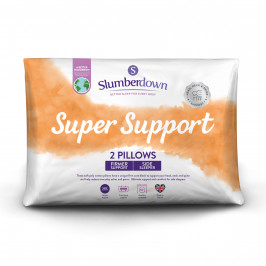
Slumberdown Super Support Firm Support Side Sleeper Pillow, 2 Pack
£17.00
Shop Now -
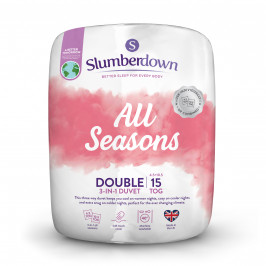
Slumberdown All Seasons Combi 15 Tog (10.5 + 4.5 Tog) Double Duvet
£30.50
Shop Now -
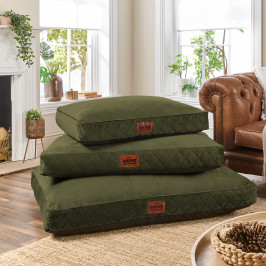
Slumberdown Paws for Slumber Olive Green Pet bed, Medium
£39.00
Shop Now -
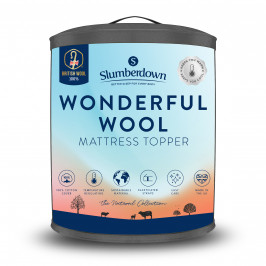
Slumberdown Wonderful Wool Mattress Topper
From: £54.50
Shop Now -
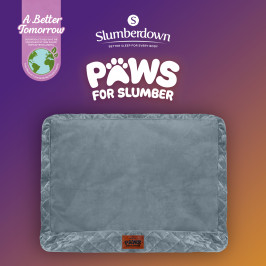
Slumberdown Paws for Slumber Extra Large Pet Bed Spare Cover, Grey
£20.00
Shop Now -
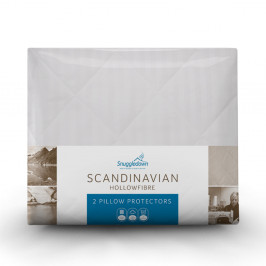
Snuggledown Scandinavian Hollowfibre Pillow Protector - Pack of 2
£15.00
Shop Now -
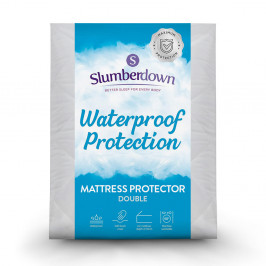
Slumberdown Waterproof Mattress Protector - Double
£17.50
Shop Now -
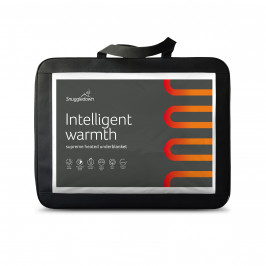
Snuggledown Intelligent Warmth Heated Topper - King
£125.00
Shop Now -

Slumberdown Paws For Slumber Sherpa Pet Bed, Medium
From: £25.00
Shop Now -
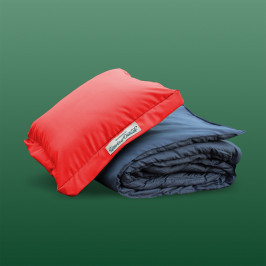
Slumberdown Unwind Outside 2-in-1 Waterproof Cocoon Set, Burnt Orange
£30.00
Shop Now -
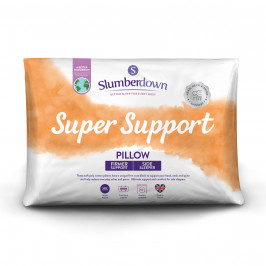
Slumberdown Super Support Firm Support Side Sleeper Pillow
From: £17.00
Shop Now -
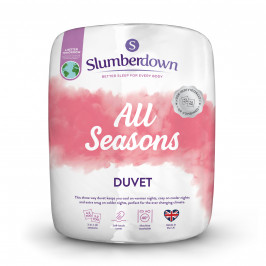
Slumberdown All Seasons Combi Duvet
From: £25.50
Shop Now -

Slumberdown Paws for Slumber Medium Pet Bed
From: £39.00
Shop Now -
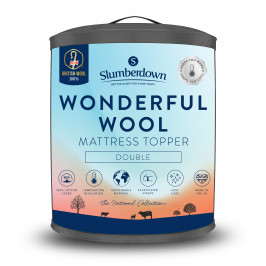
Slumberdown Wonderful Wool Mattress Topper, Double
£54.50
Shop Now -
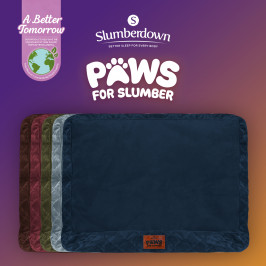
Slumberdown Paws for Slumber Extra Large Pet Bed Spare Cover
From: £20.00
Shop Now -
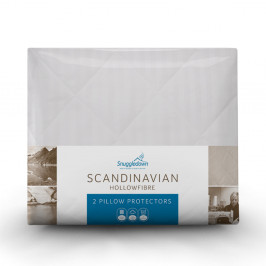
Snuggledown Scandinavian Hollowfibre Pillow Protector
From: £15.00
Shop Now -
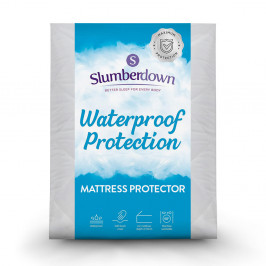
Slumberdown Waterproof Mattress Protector
From: £16.00
Shop Now -
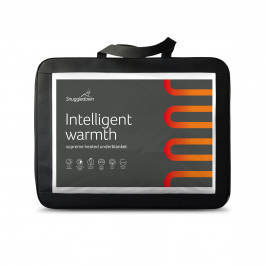
Snuggledown Intelligent Warmth Heated Topper
From: £110.00
Shop Now -
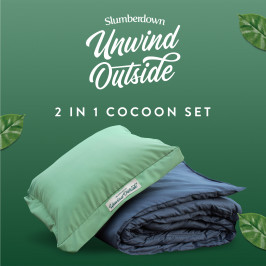
Slumberdown Unwind Outside 2-in-1 Waterproof Cocoon Set
From: £30.00
Shop Now -
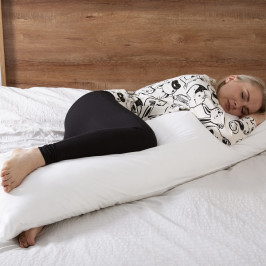
Slumberdown Body Support Pillow, 1 Pack, Includes 100% Cotton Pillow Case
£20.00
Shop Now -
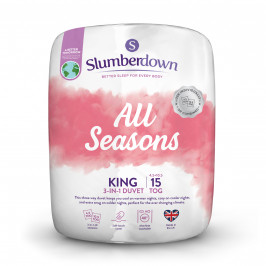
Slumberdown All Seasons Combi 15 Tog (10.5 + 4.5 Tog) King Size Duvet
£34.00
Shop Now




